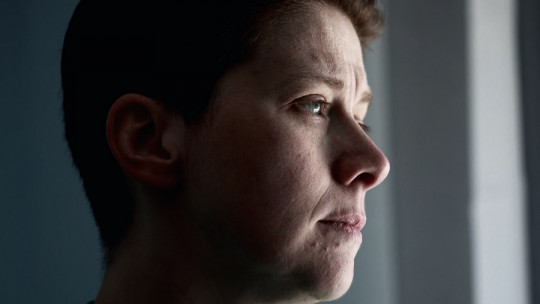
Anxiety is a normal emotional response to certain situations and constitutes an adaptive response to more or less stressful events in life.
That is, a certain degree of anxiety is desirable for the normal management of daily demands. It is a warning sign that warns of danger and allows the person to take the necessary measures to confront a possible threat; this makes the corresponding fight or flight response possible.
However, sometimes this level of alertness reaches an excessive extreme.
When anxiety becomes a problem
Anxiety is pathological when it goes from being an adaptive response to becoming a a discomfort that causes a deterioration in the person’s life with both physiological and cognitive symptoms. This can occur either due to an excessive level of anxiety in the face of possible danger, or due to an inadequate anxiety response that appears when faced with non-existent dangers but that part of the brain structure interprets as threatening.
This pathological anxiety is related to current or recent events, but also with events experienced in the past that have generated beliefs, fears and defenses at a very deep level and that are affecting us today.
Types of associated disorders
According to the diagnostic manuals of mental disorders, Anxiety Disorders include the following:
1. Generalized anxiety
Excessive worry and persistent that occurs continuously.
2. Agoraphobia
Terror of finding yourself in open or crowded spaces.
3. Panic crisis
Episodes of high anxiety, with very intense somatic symptoms which is presented without justified reason.
4. Social phobia
Fear of social situations such as meetings, parties…
5. Specific phobia
High fear of specific situations or triggers (animals, objects…)
6. Post-traumatic stress
Excessive fear generated from an event experienced as dangerous or that has generated a change in the way we interpret life or the world around us.
The layers of anxiety
Depending on the type of disorder and each person, psychological treatment may vary always taking into account the different layers of the internal structure in which anxiety is present and the work to be performed in each of them.
1. Outer layer
Take into account the person’s current symptoms, situations and current anxiety triggers, providing tools to manage your difficulties and to manage anxiety symptoms.
2. Middle layer
It is necessary understand and work on the cognitive structure and how the distortions are affecting and maintaining anxiety.
3. Inner layer
It is also essential to work with the parts of the personality that are generating these “alarms”, parts that have been blocked and maintain fears that are sometimes invisible at a conscious level.
4. Subconscious layer
Finally, we must uncover unprocessed trauma, blocked beliefs conflicts in the different parts of the personality.
Author: Mercedes Muñoz García








